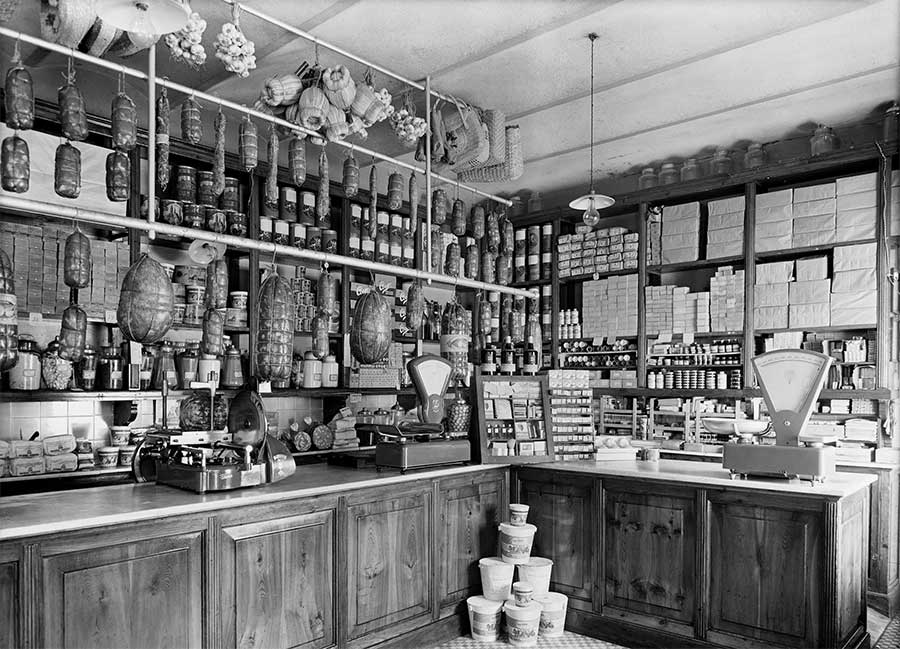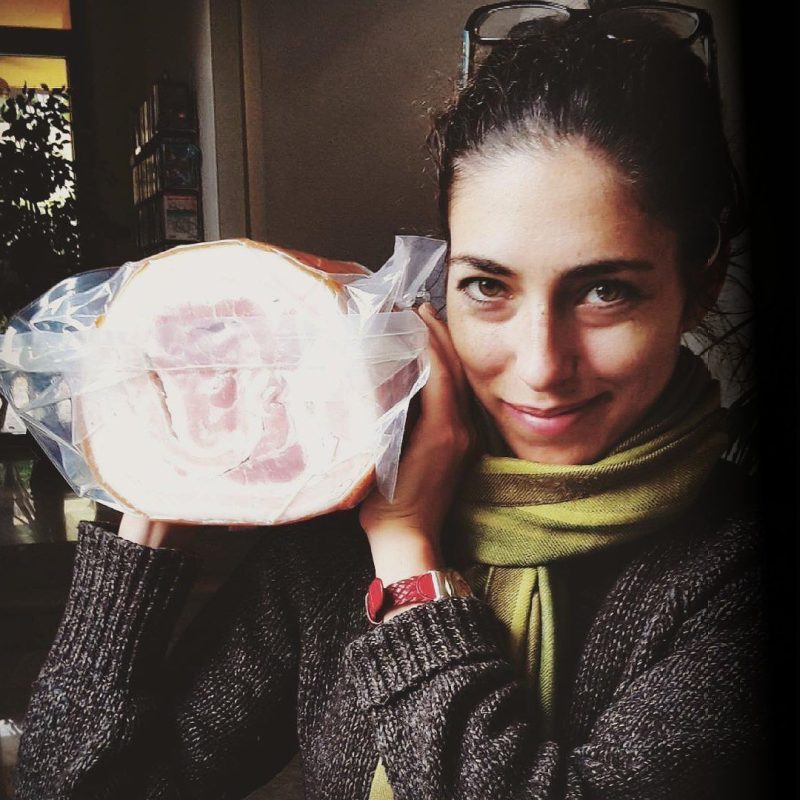Italian traditional grocers are dealing with a hard challenge. Since 1957, when the first supermarket came up with a revolutionary concept of food shop, small businesses all over the country have faced the breakout’s consequences of the so called “Esselunga” phenomena. Literally meaning “long S” – as much as the modern form of distribution has prospered -, this innovation has changed customer’s life condition and has allowed them to save money and time in doing their grocery shop.
It is a funny fact that still in 1957 a book called “The Assistant”, written by Bernard Malamud and inspired by his childhood in Brooklyn, had already anticipated this event by telling about the story of a small grocer’s failure. The protagonist of the novel is a rabbi owning his little and traditional food shop that slowly loses its clients, while a more modern place, just across the road, successfully comes through for their necessities.
Despite a few survivors holding up against this twist, the newcomer stores have influenced food consumption and, since then, smaller activities of every kind have shut down.
This process has caused a cultural loss that, more than everything, lies on dialogue suppression – simple changes like the presence of a trolley have made food shop a moment of such loneliness and greed that nowadays customers perceive it as just a grab-and-go occasion.
Instead, traditional grocers have based their systems on customer’s loyalty for decades, right thanks to the power of dialogue. This particular aspect makes a food shop much more than a simple business; in fact, every single store can be seen as the expression of the unique characteristics of a neighborhood -overwhelming stories, unexpected conflicts and, of course, lots of rumors all give shape to the community taking place in a small and bright environment.

Somehow, in small food shops quality prevails over quantity even when it comes to the customer’s group, as its identity is better defined. However, many shopkeepers are currently having a hard time in satisfying the new customers’ needs. For instance, in countries like Italy, aiming to safeguard culinary tradition is often enough for grocers to claim the importance of their old-fashioned “bottega”’s existence. Unluckily for these tradition-holders, stressing this point only might be not appealing for everybody, especially for younger generations that are born inside a supermarket-culture. Also, today’s cities welcome a very diversified population, with different food backgrounds and continuously receiving external influences. Perhaps the generational gap can represent a boundary for shop assistants in catching the contemporary preferences of people.
As new concepts of grocery arise along cities paths and supermarkets keep dominating the scene, shopkeepers are struggling in preventing their traditional shops from failure. Acknowledging the fact that their potential lies more on the power of dialogue and community-building, rather than in the celebration of tradition just for the sake of it, could be a starting point for a positive turnover.
While trying to bring back what the big ones of the food industry have taken away from many neighborhoods, the new shop assistants might have to reshape their tradition. But since they have always had an innate capacity of making people feel like home, they are the only one that are able to make them queue in front of the counter again.






